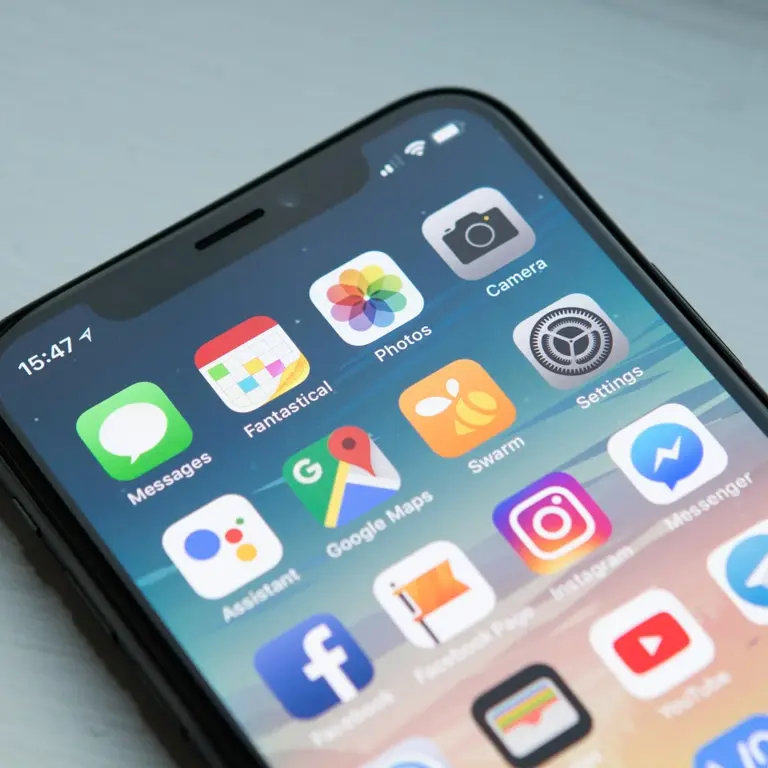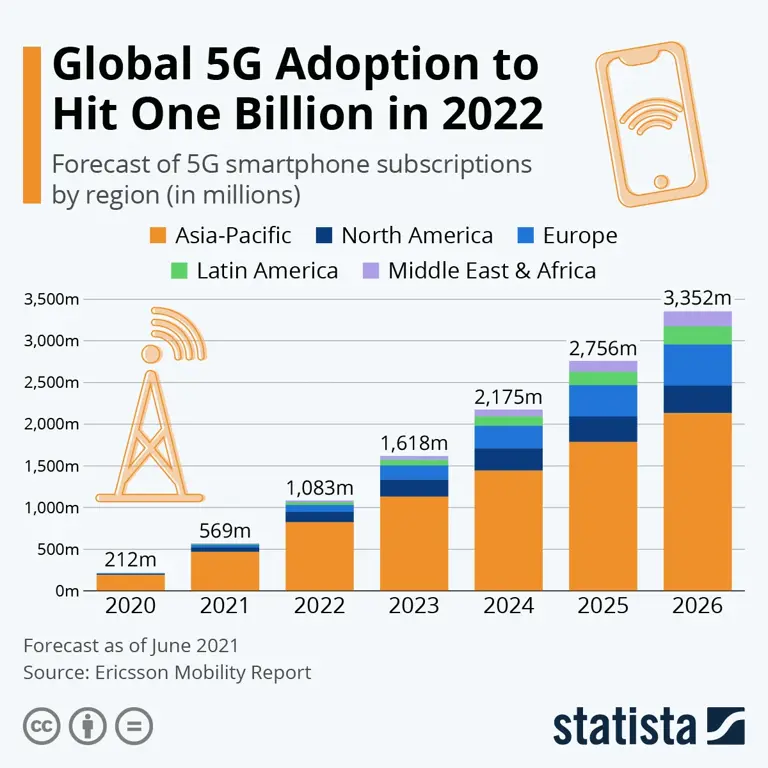




Mobile app consumption is set to grow even further in 2022 and for many years to come, and with this growth comes plenty of opportunity for software developers and digital agencies alike to supercharge their apps and deliver better user experiences than ever.
To make sure your mobile apps are set up for success, your business needs to keep up with the latest mobile app development trends and the ever-changing market demands. We’ve explored the top 7 mobile app development trends you should look out for in 2022 and beyond. Read on to find out more.

The COVID-19 pandemic meant a lot of the ways in which we were using our mobile phones completely shifted. Think things like increased video streaming, more gaming, and more shopping online via mobile devices.
There’s also the continued rise in popularity of on-demand apps like Uber and Deliveroo, as many of us relied heavily on these throughout lockdown. The on-demand app market is predicted to produce $335 billion total income by the end of 2025, so it’s safe to say the opportunities for on-demand apps are pretty endless.
Your app ultimately needs to provide value and engagement that couldn’t exist simply within your website alone. We built the MyNotts app to complement the Nottinghamshire County Council website, but offering users a more unified experience, allowing them to engage more purposely within their community, and giving them an easier way to voice their opinions on any local issues.
Mobile behaviour has shifted a lot in the past few years, and you need to make sure you are shifting your business’ behaviour to match this.
QR codes are very much here to stay.
When they first came about, we never really thought we’d get much use out of them – but then the pandemic came along and QR codes were everywhere. Ordering drinks straight to your table and avoiding the overcrowded bar queue? Ideal.
Look into how you can incorporate QR codes into your apps in 2022 to help your business.
5G technology has been around for a while, and currently accounts for 4% of total mobile data traffic, but this is set to jump to more than 10% in 2022 – and more than half of all mobile traffic by 2026. But what does this mean for apps?
5G will change the way we build and use apps. This new standard promises extremely low latency, high connection density, and high speed and bandwidth. Apps will be quicker, smoother, and more efficient than ever.

Pokémon GO walked so VR headsets could run. The use of AR and VR will continue to increase in our day-to-day lives to meet the demands of the modern consumer, with the market expected to reach $160 billion by 2023.
From walking with dinosaurs, to haunted houses, to even being able to see what a new sofa will look like in your living room before committing to buying it – AR/VR apps are a complete game-changer in the app sphere.
Expect AR and VR to shake things up even more this year, and ensure your business leverages these trends so your app stands out from the crowd.

Over the last 6 months, 79% of smartphone users have made an online purchase via their mobile device. As more and more of us prefer the convenience of online shopping, more businesses are building native apps to support this trend.
The mobile commerce market is set to reach a whopping $22 billion in 2022 – essentially, you should be considering mobile commerce within your app to stay ahead of the competition.
Before the end of 2022, there will be almost a billion users of wearable devices – think things like Apple Watch or Fitbit.
This is a really exciting time for the mobile app industry – with more wearables coming onto the scene and more and more people, well, wearing them, there’s a bigger need than ever for innovative apps built with wearables front of mind. Wearables offer highly personalised experiences such as real-time health monitoring or tracking fitness and wellbeing goals, so there’s plenty to consider there too.
One of the most innovative functionalities of many modern-day apps is allowing offline access to ensure your user can get hold of important information and documentation, no matter where they are.
We included offline availability in our children’s literacy app, built in conjunction with a top-10 US university. This allowed an important study to take place regardless of connectivity. As part of the study, children’s reading activity was recorded and analysed via the app. Rather than requiring a constant Wi-Fi connection, the app can be pre-loaded with books, and data is then passed back to the university as soon as an internet connection is available. This is not only more convenient, but also more inclusive, as lower-income families or those lacking a reliable connection can still access the app.
Offline access to content is also frequently utilised by our community clients in the medical sector, allowing professionals to draw on best practice or diagnostic information regardless of their location, and without the need to pre-plan which documents to download. All this information is held within the app to be accessed wherever and whenever. It’s not hard to imagine how apps using offline data might assist medical professionals in theatres without reliable internet, such as war zones or remote communities.
No matter what your app is, having offline availability functionality can be really important, so have a think about whether this feature might benefit your users.
The mobile app development space is constantly changing and evolving, and these trends may be relevant now, but in a few years’ time they could be meaningless. That’s why it’s absolutely key to stay ahead of trends if you want your app to succeed.
We’ve helped to build numerous highly successful, deeply engaging apps for a variety of large organisations. If you’d like to find out more, read our dedicated app page or reach out to us at [email protected] – we’d love to hear from you.
